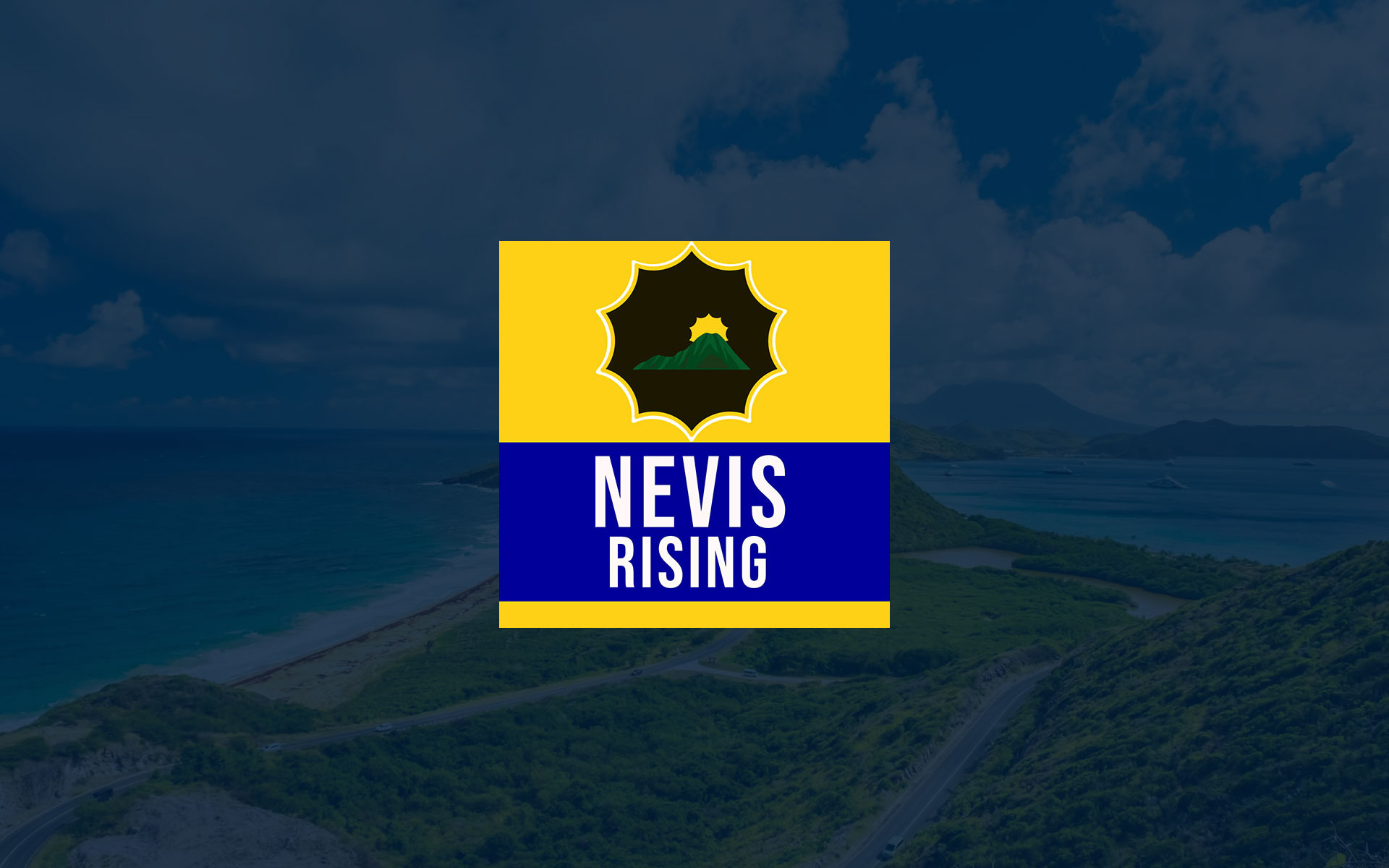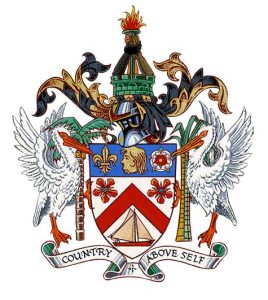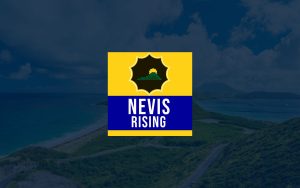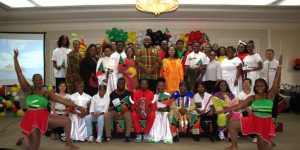The 1834 St. Kitts Revolt: A Determined Struggle Against the Return to Slavery
The Federation of St. Kitts and Nevis observes Emancipation Day, a commemoration of the abolition of slavery. However, the true story of emancipation in St. Kitts involves a complex struggle against a deceptive system of apprenticeship that followed the initial proclamation of freedom. At the heart of this resistance lies the remarkable figure of Marcus of the Woods, a fugitive slave who became a beacon of hope and a leader of rebellion. His story, often minimized as a mere “riot” in historical accounts, deserves to be recognized as a pivotal chapter in the fight for genuine liberation.
Marcus, born into slavery on the La Guerite estate in St. Kitts, escaped his bondage in 1813. He sought refuge in the island’s mountainous interior, eluding capture for over two decades. During this period, he forged alliances with other runaway slaves, becoming the charismatic leader of a group known as the “Wood Negroes.” This band of rebels actively defied plantation rule, inspiring enslaved Africans throughout the island to yearn for true freedom. As the promised Emancipation Day approached in 1834, Marcus’s message resonated powerfully: the Apprenticeship system, which forced formerly enslaved people to continue working unpaid, was simply a continuation of slavery disguised under a different name.
Marcus’s rallying cry of “Me free; no bind; no work” ignited a coordinated rebellion across numerous estates on August 2, 1834. Workers abandoned their tools, livestock were left untended, and thousands fled to the mountains to join the resistance. This was not a spontaneous outburst of chaos; it was a meticulously planned and executed labor strike, the first of its scale in St. Kitts’ history. The rebellion, orchestrated by Marcus, demonstrated the collective yearning for genuine freedom and the rejection of the exploitative Apprenticeship system.
The colonial authorities retaliated with brutal force. Martial law was imposed, troops were deployed, homes were razed, and countless apprentices were subjected to floggings and imprisonment. Despite the violent crackdown, Marcus remained elusive, a symbol of unwavering resistance against oppression. He continued to inspire hope and defiance from his sanctuary in the mountains, becoming a formidable adversary to the colonial regime. His unwavering commitment to freedom solidified his legendary status among the enslaved population.
Nearly two centuries later, historian Dr. Gillian Gill champions the cause of recognizing Marcus of the Woods as a National Hero of St. Kitts and Nevis. Dr. Gill argues that Marcus fulfills all the criteria for this honor, being born in St. Kitts, sacrificing his own liberty for the freedom of others, leading a significant uprising, and inspiring generations with his courage and unwavering principles. His resistance, she emphasizes, was not only against slavery itself but also against the deceptive promise of freedom without true justice. The campaign for his recognition is gaining momentum, with a petition circulating widely among historians, educators, and community leaders.
The legacy of Marcus of the Woods extends far beyond a mere footnote in history. While he did not live to witness the complete abolition of apprenticeship in 1838, his spirit of defiance lives on in the hearts of all Kittitians who refuse to accept injustice. He was more than just a runaway slave; he was a brilliant strategist, a courageous leader, and a revolutionary figure whose name deserves to be etched in stone among the nation’s heroes. This Emancipation Day, the remembrance is not only of freedom itself but also of the arduous struggle to achieve it, embodied by the unwavering spirit of Marcus of the Woods, the man who vowed to “give his soul to hell before returning to slavery.” His story serves as a potent reminder of the price of freedom and the enduring power of resistance against oppression.
Share this content:












Post Comment